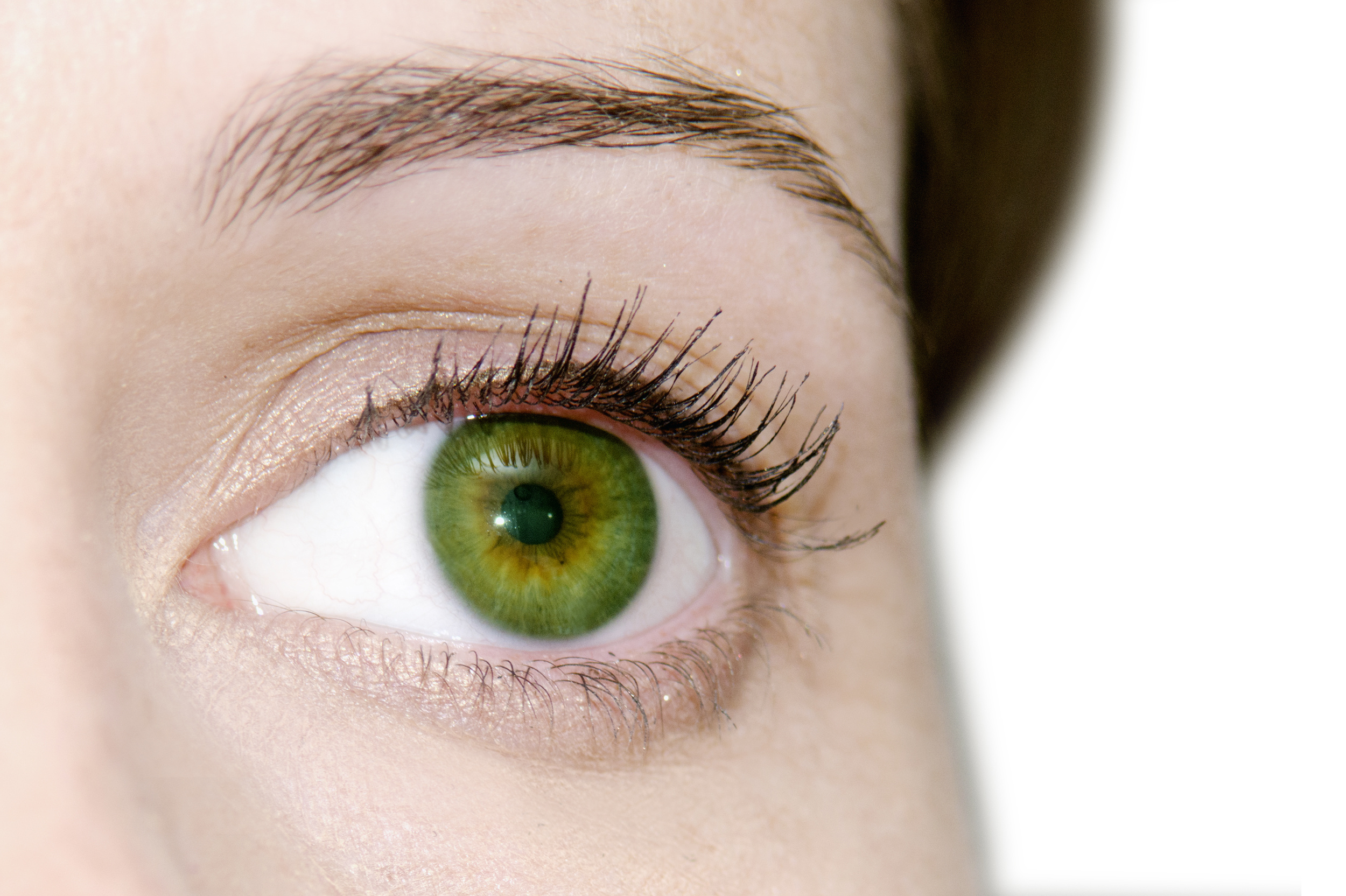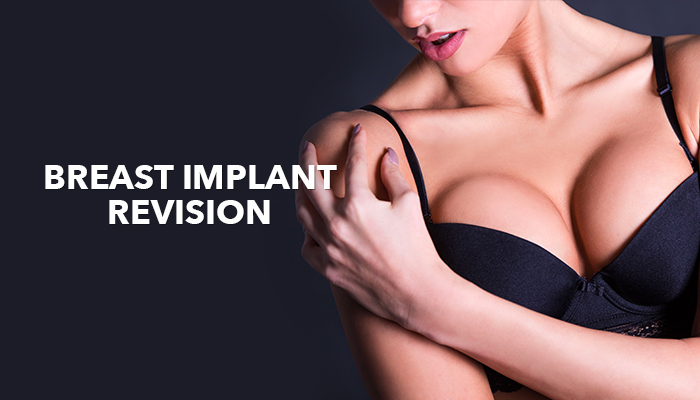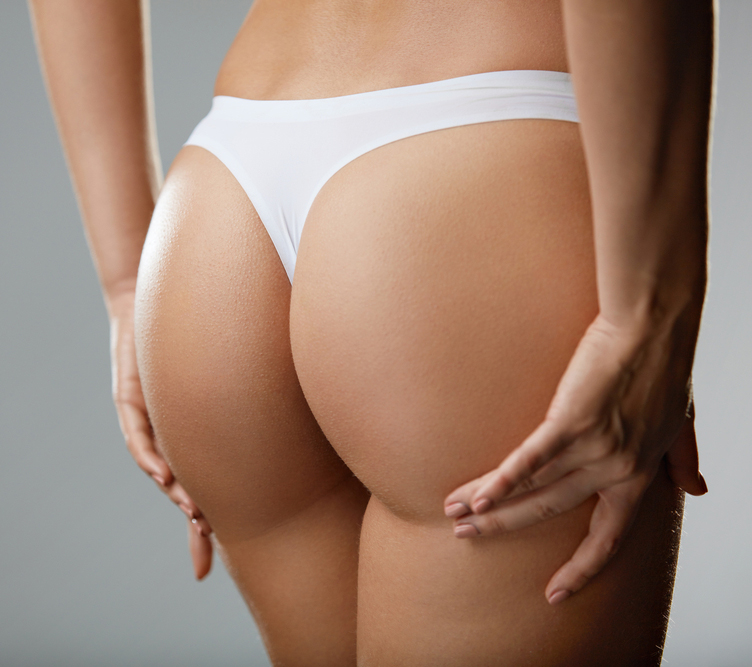
An eyebrow lift also called a brow lift, forehead lift, or browplasty—it is a plastic surgery that reverts the changes caused by aging on the forehead, through the adjustment of its tissues. This helps to renovate the appearance of the upper area of the patient’s face. Some people undergo this surgery at the same time that they get a face lift or cosmetic surgery on their nose.
When the eyebrows are at rest in a young person, they are over the edges of the upper eyelids, in the form of an arch, with their highest point in the middle. But when people get older the eyebrow tends to adopt a horizontal position. With a brow lift, the patient can rejuvenate the upper part of the face.
When is an eyebrow lift surgery recommended?
With this procedure, the plastic surgeon can reduce the wrinkle lines that develop horizontally in the middle of the forehead, as well as those that occur on the bridge of the nose and between the eyes; likewise, he can improve frown lines, the vertical creases that develop between the eyebrows.
Another thing that the surgeon can achieve with this procedure is raising sagging brows that are covering the upper eyelids, placing the eyebrows in a youthful position. In some cases, the patient may require other cosmetic procedures, like upper and or lower eyelid tucks, facelifting, and skin resurfacing techniques.
Who is a good candidate for an eyebrow lift?
Patients that are a good candidate for an eyebrow lift include those that are tired of having excessive skin in the eyelids that gives them a tired, angry, or sad appearance; those who have deep creases in the upper face, with scowl lines between the eyes and eyebrows; those with excessive fat tissue in the eyelids; if the patient is a woman and has problems applying makeup in the upper eyelid, which occurs when the skin in this area is really saggy due to the aging process; or patients that desire to remove the sagging skin in the eyelids to achieve a younger appearance. All of these are good candidates for the surgery.
However, younger people with inherited traits—problems like a low brow, among others—are also candidates for the surgery. The patient should be physically healthy, a non-smoker with a positive outlook and realistic goals. The patient always should be evaluated by a plastic surgeon to find out if he/she would benefit, as he/she desires, from a brow lift.
What are the advantages of an eyebrow lift?
– This surgery recovers a youthful position of the eyelids, eyebrows, and forehead.
– After the surgery, the patient will look more friendly and happy.
What are the disadvantages of an eyebrow lift?
– Before undergoing this procedure, the patient should visit a qualified surgeon. He/she can then decide which is the best technique and if this surgery is the most recommended treatment to achieve the desired results.
– In some cases, the procedure should be performed with others, like eyelid surgery, to improve the appearance of the lower eyelid.
How much does an eyebrow lift cost?
According to 2014 statistics from the American Society of Plastic Surgeons, the average cost of a brow lift is $3,201, but the costs can vary widely, depending on the extension of the surgery, desired outcomes, and the experience of the surgeon.
The average fee referenced above does not include anesthesia, operating room facilities, or other related expenses. Because a brow lift is an elective surgery, insurance does not cover the cost.
What should the patient do before an eyebrow lift surgery?
First, the patient should have a consultation with his or her surgeon, in which should be discussed the patient’s goals, so that the surgeon can explain if their desires are realistic or if they would need an additional procedure.
Likewise, the surgeon will ask about the patient’s current health and his/her medical history. In the physical examination, the surgeon will evaluate the entire forehead region, including the upper eyelids, paying especial attention to the muscles. The surgeon may ask the patient to make a series of facial expressions so that he can best see exactly how to help. Based on this personal information, the doctor can establish the best way to proceed to suit the individual’s needs.
There might be some lifestyle adjustments that the patient has to make before a brow lift. The surgeon will give to the patient detailed instructions about what he/she needs to do, such as quit smoking before and after the surgery and avoid alcohol and certain medications (like aspirin or other anti-inflammatories, as taking these medications can increase bleeding). In some cases, if the patient’s hair is long and will get in the way of the procedure, he/she may have to trim it. On the other hand, if the hair is shorter, he/she may leave it to grow enough to cover the scars.
What is the general procedure of an eyebrow lift?
The patient should undergo this procedure only when it is performed by an experienced and skilled plastic surgeon. This procedure is commonly performed between 1 and 2 hours, according to the amount of skin to be removed. Depending on the patient, general anesthesia can be applied (the patient remains totally asleep during the surgery), or the surgeon can use local anesthesia (the patient is asleep during the procedure).
Usually, the eyebrow lift is performed as an outpatient procedure. The plastic surgeon can choose between two techniques to perform the brow lift: classic lift and endoscopic lift.
– Classic lift: In this technique, the plastic surgeon creates a continuous incision in the forehead, approximately at the same level of the edge of the ears, just where the hairline is located. In any case, the plastic surgeon uses the hairline to hide the scars. After that, the plastic surgeon lifts the skin, so the wrinkles are erased or at least smoothed, and the brows get a new and younger position. All the excessive skin is cut.
– Endoscopic lift: In this case, the surgeon begins with a lot of incisions in the scalp, but all of them are quite small. An endoscope (a camera placed in a narrow tube) is used to observe on a screen the area that will be treated, simply by making those small incisions.
After that, the plastic surgeon inserts other instruments through the other incisions to reshape and repair the muscles, repositioning the eyebrows and stretching the forehead skin to eliminate wrinkles and deeper lines; small anchors are used to fix these issues. In this technique, the incisions are small, and the surrounding tissues are less affected, so the patient should have to rest for less time and scarring is minimal.
After the skin is removed, the surgeon closes the incisions with sutures and cleans the area. Elastic bandages are applied, which are specially created to avoid swelling and excessive bleeding. Once the procedure is finished, the patient must remain for minutes or hours in the recovery area, to await his/her complete recovery from the anesthesia.
What is the postoperative care of an eyebrow lift?
The recovery time will be different according to the technique used to perform the procedure (classic or endoscopic). It is essential for the patient to follow the surgeon’s directions regarding incision care and the frequency with which he/she should change the bandages, as this can help to reduce the recovery time. Usually, after this procedure, the plastic surgeon does not leave drains under the skin.
If the plastic surgeon uses stitches or staples, they will be removed in approximately 7 days. Likewise, if other supplements were used to bring support to the new forehead, they should be removed between 7 and 14 days later. The surgeon can ask the patient to come back to his office a day or two after the surgery to evaluate the healing. The patient can take a shower or bath the day after the procedure. Shampooing and using hair conditioner is allowed; however, the patient should be careful when untangling his/her hair or when using hot water, hair dryers, hard brushes or combs; this is because the scalp may be numb during the first days, and the patient will not feel the heat, which can burn the scalp and nearby skin.
For 2 days (or more) following surgery, the patient should keep his/her head elevated, with the aim to reduce swelling, and it is best for the patient to sleep with his/her back and head elevated for approximately five to seven days. Likewise, he/she should put cold compresses or ice packs on the treated area (around the eyes) for forty-eight hours to reduce the swelling. The patient may experience swelling and bruising that not only affects the treated areas but other areas of the face as well. It is important that the patient be diligent about taking care of the swelling, but it should subside approximately 7 days after the procedure.
Patients who undergo the classic surgery can experience a lot of pain and itching during the recovery, compared to the endoscopic procedure. For these cases, the plastic surgeon will prescribe a painkiller. These symptoms can last for months. However, a lot of patients that choose the endoscopic method need to take painkillers. These patients may also experience itching, which is common in endoscopic procedures; however, it is less common or milder in patients who undergo the traditional technique. Other common symptoms are numbness and tingling, but these symptoms will disappear with time, and are common with the classic procedure too.
Regarding the recovery time, in most cases, the patient may return to his/her work or school in 10 days or less, depending on which procedure he/she underwent, the level of activity that he/she develops, and his/her personal rhythm of healing. However, in all cases, the patient should avoid weight and heavy or vigorous exercises for at least a couple of months after the procedure. But the patient should move and be mildly active immediately after the surgery, including going for walks to aid circulation in the lower extremities.
Likewise, it is important for the patient to know the normal symptoms that he/she will experience because, in case of signs of any potential complications, he/she should call the plastic surgeon immediately.
What are the results of an eyebrow lift?
Once the healing process is completed (the swelling and bruising has decreased), results will be beautiful, noticeable, and natural-looking. Even six months can elapse before the patient can see the final results. In addition to looking better, most patients will feel better and more like themselves at that time. The new position of the eyebrows creates a brighter and younger-looking appearance; likewise, as scars are covered by the hair, they are not visible when the healing process is completed.
The patient should remember that aging and gravity can cause sagging eyebrows again, but areas that were treated with surgery—like the wrinkles in the forehead or expression lines—will be less visible than they were before the procedure. Only after a lot of years can they become visible again, but never as deep as before the surgery. It is recommended for the patient to use sunscreen and to maintain a healthy lifestyle to preserve the results of the procedure and prolong his/her new appearance.
What are the risks of an eyebrow lift surgery?
All cosmetic procedures involve certain probability of risks, but in a brow lift surgery, fortunately, the risk is minimal. To avoid complications, the patient must be honest with the surgeon during the consultation. Possible complications may include infection in the operated areas, bad reaction to anesthesia, losing the part of the hair where the incisions are made, difficulty moving the muscles in the forehead and eyebrows, and scarring.
When the patient undergoes an endoscopic brow lift, he/she may experience fewer side effects. However, other common side effects that the patient may experience, but that should disappear after some weeks or months, can be swelling and bruising, numb sensation in the scalp or other treated areas, and general discomfort—among others.
Dr. Amjadi MD, DDS, FACS
Certified by the American Board of Plastic Surgeons
915 Gessner Rd #870
Houston, TX 77024
713-465-6198













